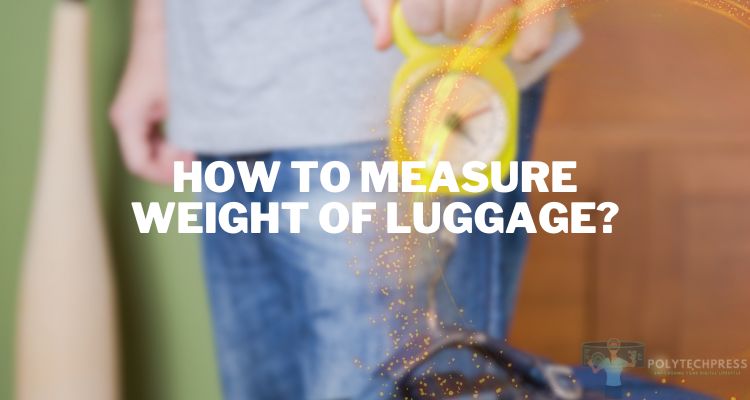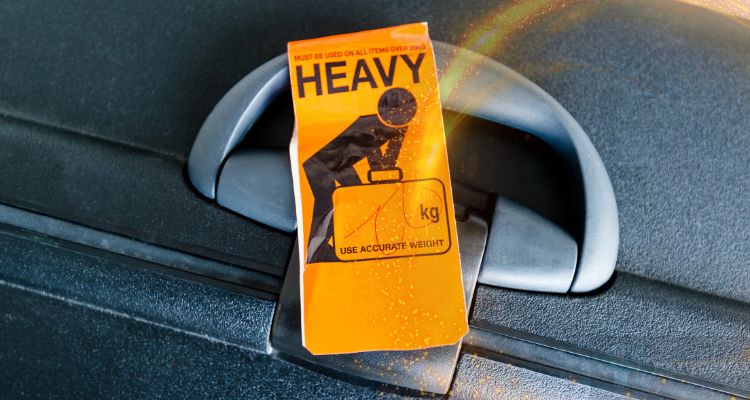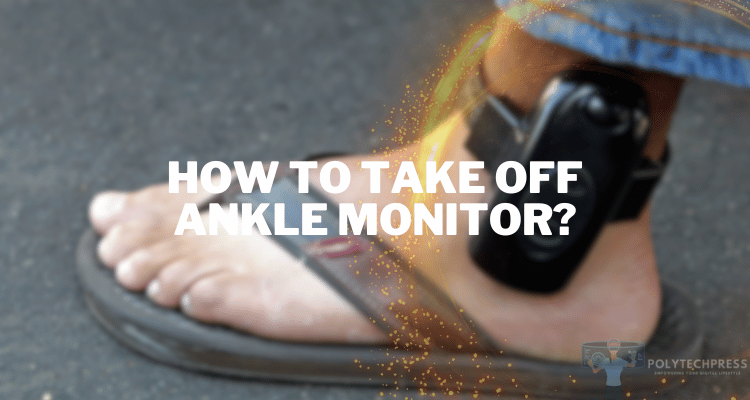How to Measure Weight of Luggage?
Imagine arriving at the airport check-in counter, excitedly anticipating your upcoming trip, only to be hit with unexpected excess baggage fees. Knowing how to measure the weight of luggage accurately can save you from such frustrating situations and costly fees. Whether you’re a frequent flier or an occasional traveler, ensuring your bags comply with airline weight restrictions is crucial. In this comprehensive guide, we’ll explore various methods to determine your luggage’s weight, ensuring a hassle-free travel experience.
Why It’s Important to Measure Luggage Weight?

Airlines typically enforce strict weight limits for checked and carry-on bags. Exceeding these limits can result in hefty excess baggage fees, potentially costing you hundreds of dollars.
Beyond fees, overweight luggage may be denied boarding altogether, causing significant inconvenience and delays.
Carrying excessively heavy bags can strain your back and make navigating airports and transportation hubs challenging.
Overloaded luggage can be a safety hazard, increasing the risk of injury to yourself or others while lifting and handling your bags.
Tools Needed to Measure Luggage Weight
- Luggage Scale: A portable, handheld device designed specifically for measuring the weight of luggage. Most luggage scales are easy to use, accurate, and compact, making them ideal for travel.
- Bathroom Scale: While not designed for luggage, a standard bathroom scale can be repurposed to measure the weight of your bags by subtracting your body weight from the combined weight.
- Handheld Scale: Similar to luggage scales but often more versatile, handheld scales can weigh various items, including luggage, making them a useful tool for frequent travelers.
Step-by-Step Guide: How to Measure Weight of Luggage
For people who travel frequently, it is important to know the weight of their luggage. Therefore, the PolyTechPress team has prepared a detailed guide on this topic. Also, many experienced travelers note that they prefer light suitcases. If Showkoo’s large and light luggage weighs 4 kg, then many similar options from other brands weigh 6 kg+. This means that with the Showkoo suitcase https://www.showkooluggage.net/ you can take with you 2 kg more payload.
Using a Luggage Scale
- Place the luggage scale on a flat, solid surface.
- Attach the scale’s hook to the luggage handle or strap.
- Lift the luggage off the ground, allowing the scale to measure the weight.
- Note the displayed weight and compare it to the airline’s weight restrictions.
Tips for Accurate Measurement with a Luggage Scale
- Ensure the scale is properly calibrated before use.
- Lift the luggage straight up, avoiding any swinging or twisting motions.
- Consider weighing each bag individually for better weight distribution.
Using a Bathroom Scale
- Weigh yourself on the bathroom scale and note your weight.
- Pick up your luggage and stand on the scale.
- Subtract your initial weight from the combined weight to determine the luggage’s weight.
Common Mistakes to Avoid with a Bathroom Scale
- Not resetting the scale to zero before weighing yourself with the luggage.
- Standing on an uneven surface, which can affect the weight measurement.
- Forgetting to account for the weight of any additional items you’re carrying.
Using a Handheld Scale
- Attach the scale’s hook or strap to the luggage handle or strap.
- Lift the luggage off the ground, allowing the scale to measure the weight.
- Note the displayed weight and compare it to the airline’s weight restrictions.
Pros and Cons of Handheld Scales
Pros:
- Versatile for weighing various items beyond luggage.
- Compact and easy to carry while traveling.
Cons:
- May be less accurate than dedicated luggage scales or bathroom scales.
- Requires proper technique to ensure accurate measurements.
Tips for Ensuring Accurate Measurements

Before each use, calibrate your scale according to the manufacturer’s instructions to ensure accurate weight readings.
Uneven surfaces can affect weight measurements, so always place your luggage on a flat, hard surface when weighing.
To account for any potential errors, weigh your luggage multiple times and take an average reading.
Redistributing the contents of your luggage can affect the weight distribution. Weigh each bag multiple times to account for any weight shifts.
Common Mistakes to Avoid
- Forgetting to Zero Out the Scale: Always ensure your scale is properly zeroed out before weighing your luggage.
- Weighing Luggage on an Uneven Surface: Uneven surfaces can lead to inaccurate weight measurements, so always use a flat, hard surface.
- Not Accounting for Additional Items: Remember to account for the weight of any items you’ve added to your luggage after the initial measurement.
FAQs about Measuring Weight of Luggage
Can I use a regular bathroom scale to measure luggage weight?
Yes, you can use a standard bathroom scale to measure luggage weight by subtracting your body weight from the combined weight. However, this method may be less accurate than using a dedicated luggage scale or handheld scale.
What should I do if my luggage is overweight?
If your luggage exceeds the airline’s weight limits, consider redistributing items between bags, removing non-essential items, or purchasing an additional bag to reduce the weight of each individual bag.
How often should I calibrate my luggage scale?
It’s recommended to calibrate your luggage scale before each trip or periodically, following the manufacturer’s instructions.
Is it better to weigh luggage at home or at the airport?
Weighing your luggage at home allows you to make adjustments and avoid excess baggage fees at the airport. However, it’s always a good idea to double-check the weight at the airport before checking in your bags.
Wrap Up
Knowing how to measure weight of luggage accurately is an essential aspect of stress-free travel. By following the steps and tips outlined in this guide, you can ensure compliance with airline weight restrictions, avoid costly excess baggage fees, and enjoy a hassle-free travel experience. Remember to invest in a reliable luggage scale, calibrate it regularly, and double-check your measurements for peace of mind. Safe travels, and happy weighing!






